
Acoustic Insulation
Acoustically insulating a building means preventing sound from entering or leaving. Noise is one of the main irritations in our daily life, both at home and at work.
Pladur® systems undergo acoustic testing carried out by certified labs to guarantee their excellent acoustic performance.
Pladur® systems provide exceptional insulation, with minimal system thickness and massweight, as insulation is based on the mass-spring-mass concept.
Pladur solutions are designed to efficiently and safely meet the highest standards in acoustic comfort.
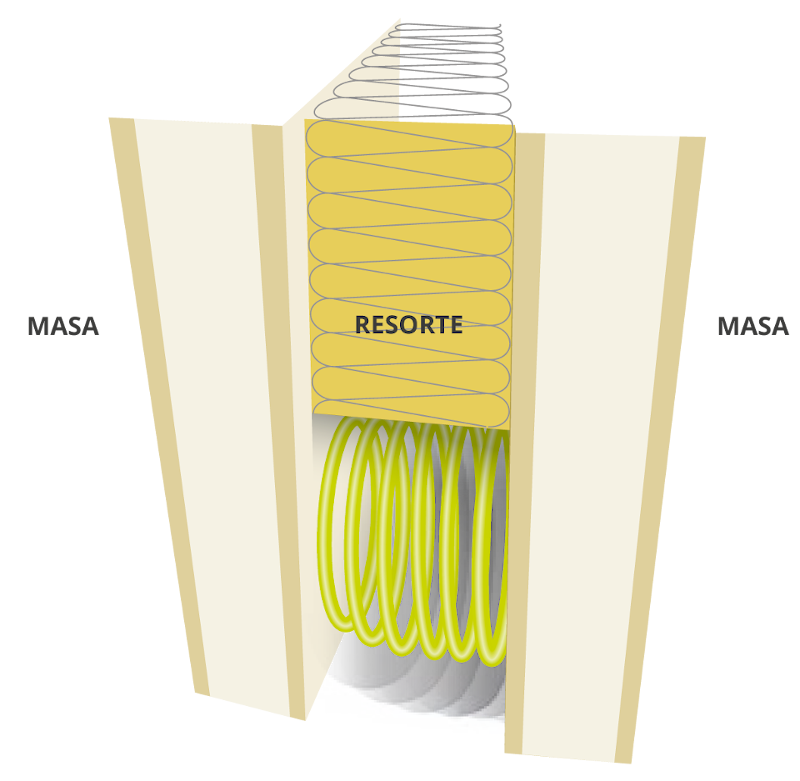
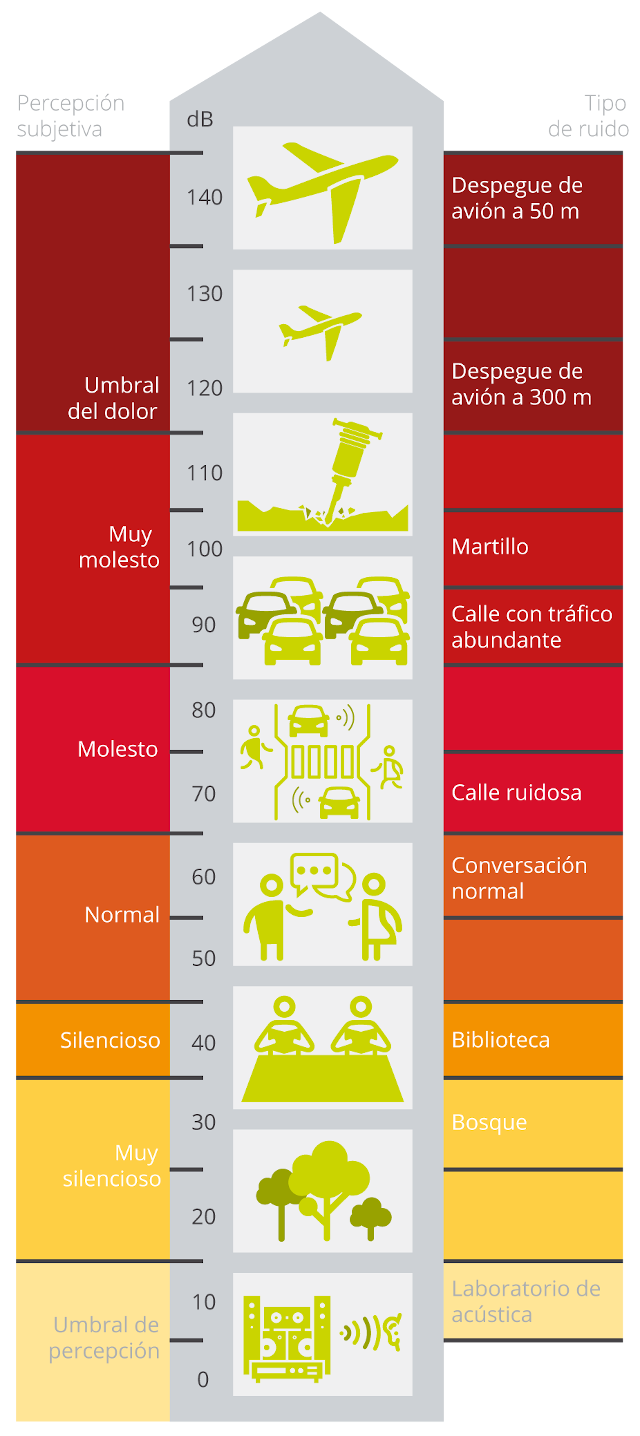
NOISE : unwanted sound.
Noise consists of sounds at different frequencies transmitted in all environments, especially the air, in the form of waves of pressure and depression.
Noise level is defined in relation to a reference pressure of the minimal audible threshold in humans. It is measured in decibels (dB).
Normal noise levels are between 0 and 120 dB.
Thus, the human ear perceives sounds ranging from 0 to 120 dB
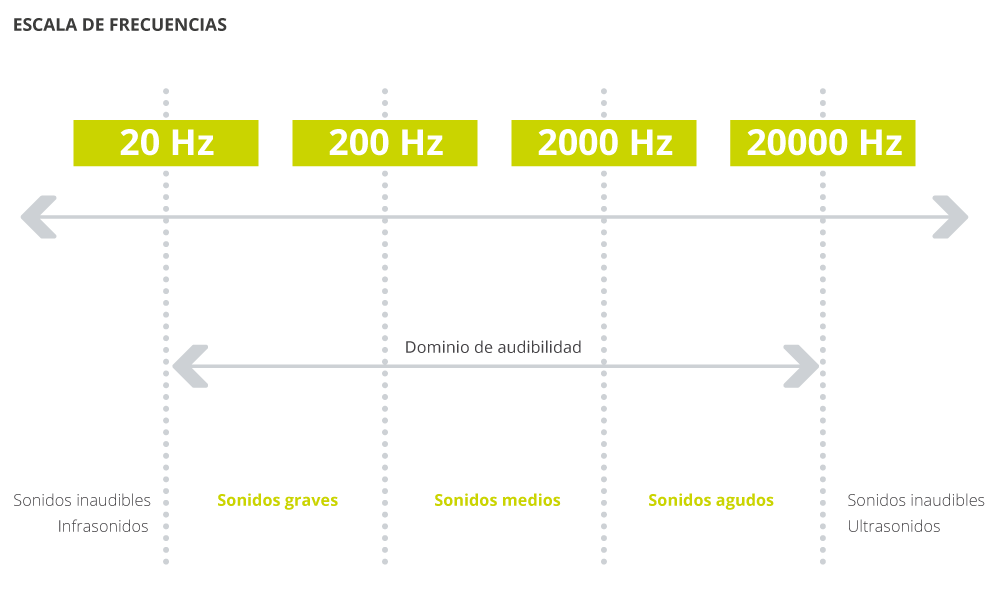
ACOUSTIC INSULATION FOR AIRBORNE NOISE
Acoustic insulation for a partition wall separating two premises is the capacity to block sound transmission between the premises. This capacity is expressed using two main values:
- In the laboratory, the index used is noise reduction Rw + Cexpressed in dB. The higher the value, the more efficient the wall. This value only considers direct transmissions.
- On site, the index used is acoustic insulation DnT, A (or DnT, w + C), expressed in dB.
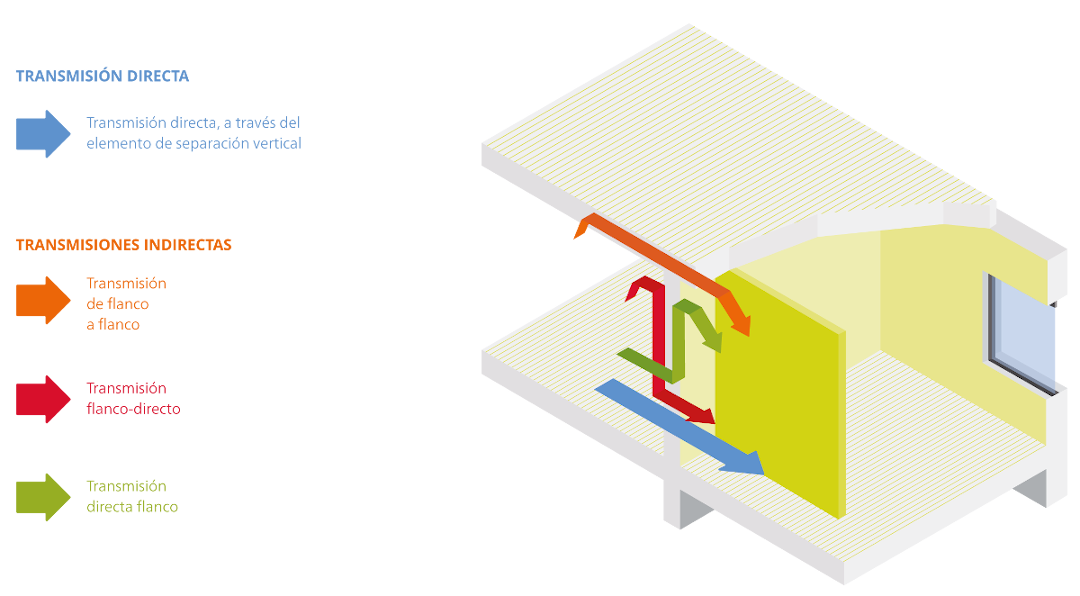
IMPACT NOISE ACOUSTIC INSULATION
Insulation for impact noise is expressed using the value L’n T, w in dB. This value refers to the noise level in the receiving room, when a standardised impact machine is operating in the transmission room.
The lower the L’nT, w, the better the floor insulation.
EFFECTIVENESS OF MASS-SPRING-MASS SYSTEMS
There are two possible techniques for providing acoustic insulation, in particular, airborne acoustic insulation:
- Single walls (law of mass)
This essentially depends on the mass of the wall.
- Double walls (mass - spring - mass system)
This depends on the following factors:
- Mass and the nature of the walls.
- The thickness and nature of the damper (air space + mineral wool)
- Possible connections between walls.
Pladur® systems are thinner and much lighter but offer the same level of acoustic insulation
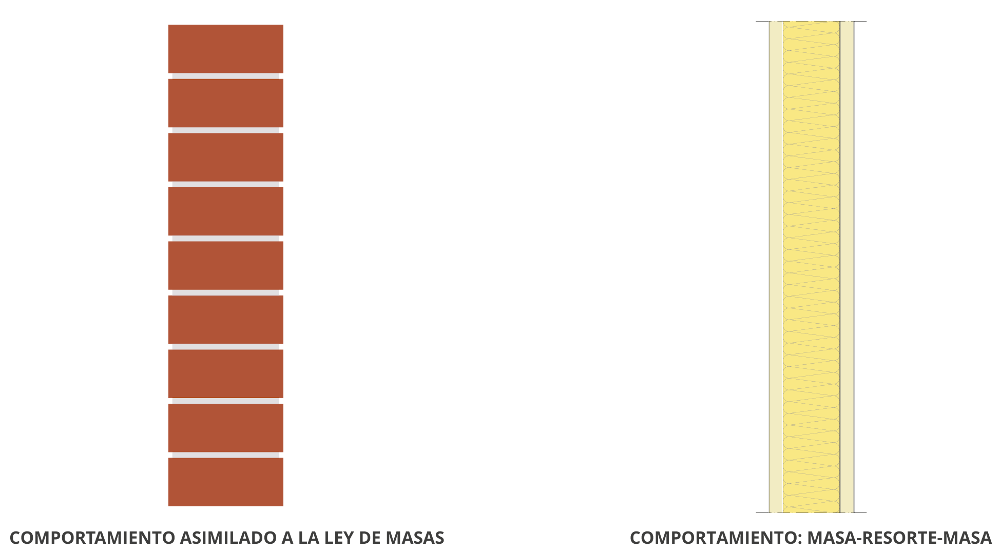
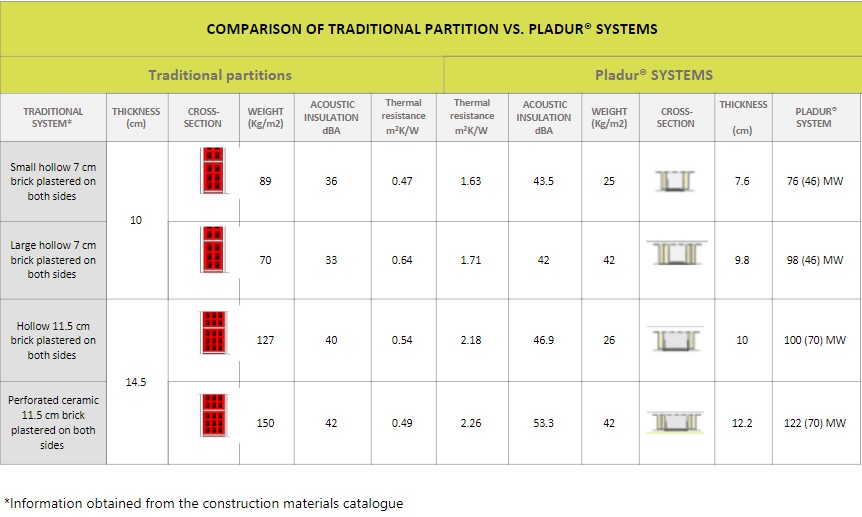
Related Products
Pladur® Fonic 13
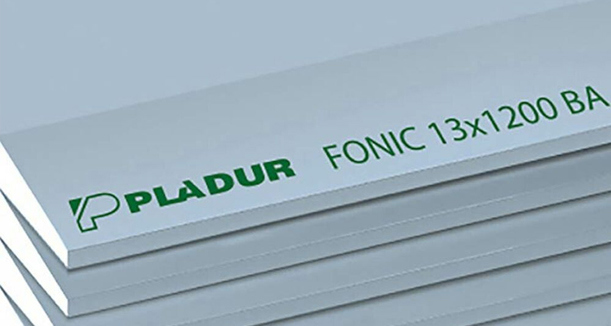
Its high-density formulation give it greater resistance to impacts and better insulation against airborne noise.
Pladur® Omnia 13
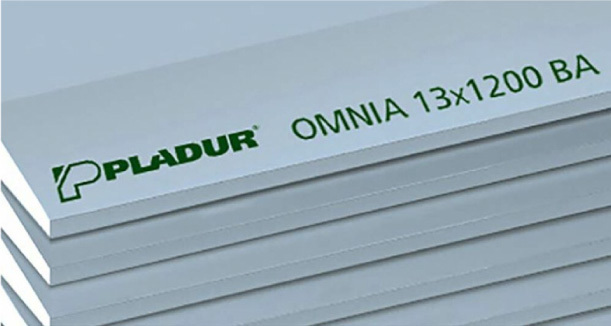
Greater impact and fire resistance, better insulation against airborne noise and good resistance to humidity.
Pladur® Omnia 15
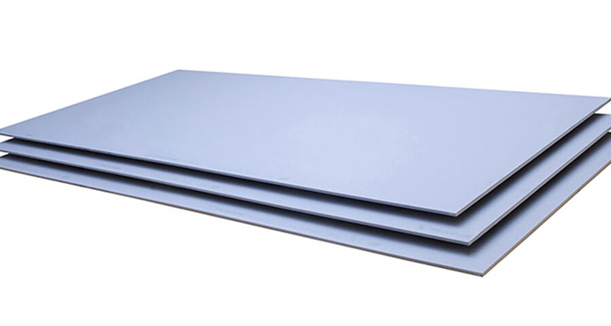
Greater impact and fire resistance, better insulation against airborne noise and good resistance to humidity.
Pladur® Magna 18
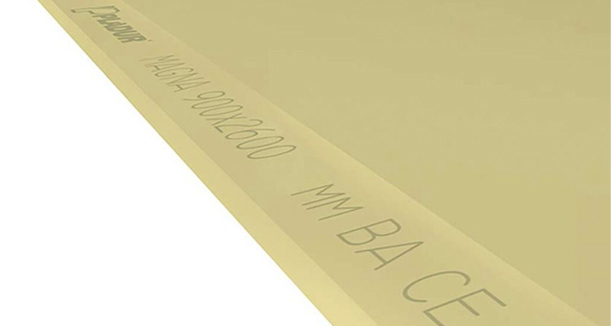
High resistance and efficiency laminated plasterboard that offers the maximum certified fire resistance.